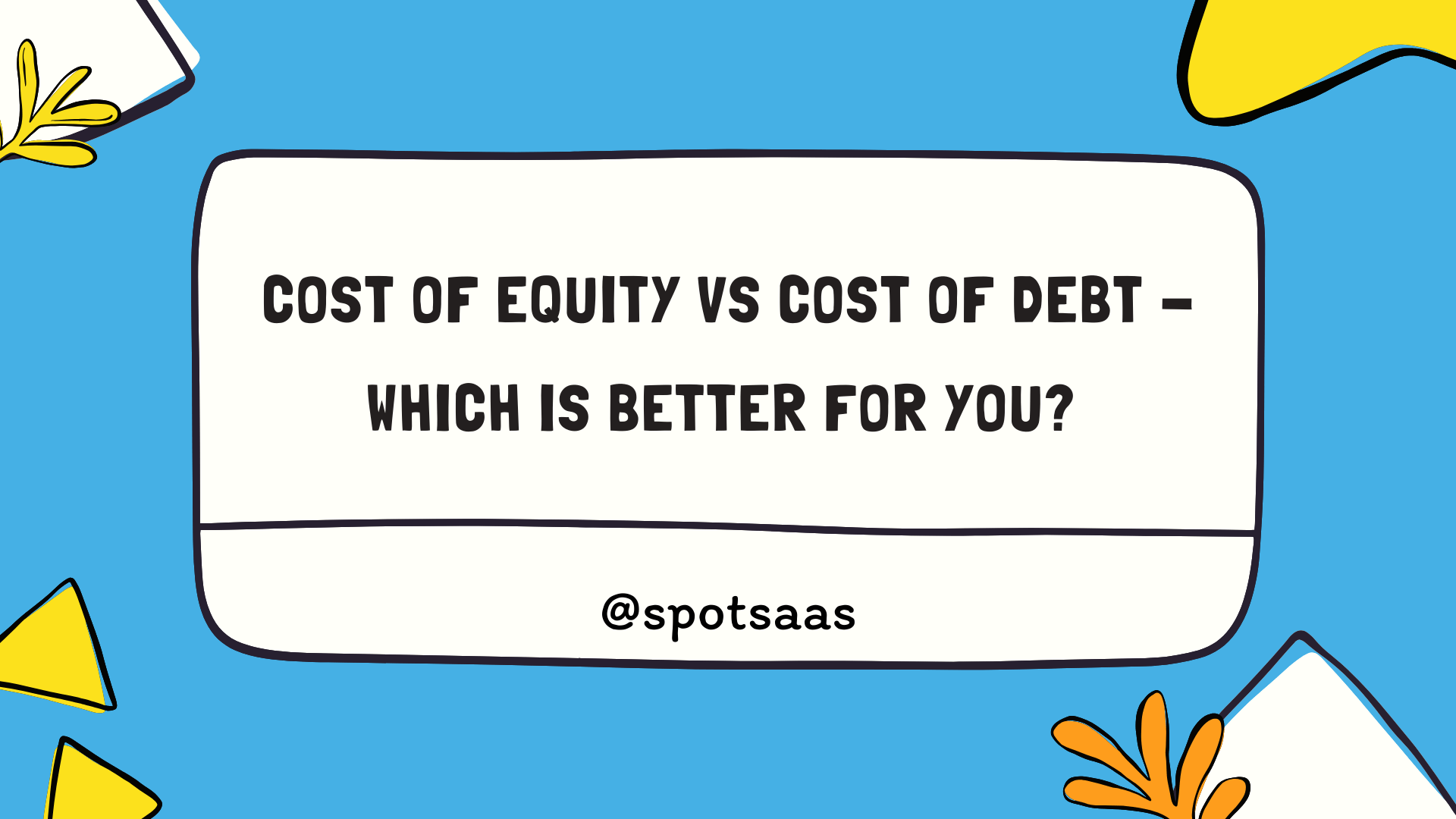Shopify is a widely popular e-commerce platform that enables businesses to create and manage their own online stores. By offering a cloud-based solution for building an online presence, even those without technical expertise can create a professional Shopify store. Thanks to its user-friendly interface, powerful tools, and integrations with numerous third-party applications, Shopify has become the go-to choice for businesses looking to establish an online presence and sell their products through a Shopify store.
When it comes to creating an online store, Shopify offers a range of benefits that make it an attractive option for businesses of all sizes. One of the biggest advantages is its ease of use. Shopify provides users with a wide range of customizable templates that can be easily modified to fit a specific brand’s needs.
Additionally, Shopify offers a range of marketing and sales tools that can help businesses attract and convert more customers. Overall, Shopify is a powerful and accessible platform that makes it easy for anyone to start selling online.
Setting Up a Shopify Store
Creating a store on Shopify is a straightforward process that can be completed in just a few simple steps. Here’s a step-by-step guide to creating a store on Shopify:
Step 1: Sign Up for a Shopify Account To start creating your Shopify store, go to the Shopify website and click on the “Get Started” button. You’ll be asked to provide some basic information about yourself and your business, including your name, email address, and the name of your Shopify store. Once you’ve filled out the necessary information, click “Create a store.”
Step 2: Select a Shopify Plan After creating your account, you’ll be prompted to select a Shopify plan. Shopify offers a variety of plans, ranging from the basic Shopify plan at $29 per month to the Shopify Plus plan, which can cost several thousand dollars per month. Choose the plan that best suits your business needs and budget.
Step 3: Choose a Theme for Your Shopify Store Once you’ve selected your plan, you’ll be taken to your Shopify dashboard. From there, you can start customizing your store by selecting a theme. Shopify offers a variety of free and paid themes to choose from, each with its own unique design and features. You can preview each theme before selecting one, so take your time to find the one that best suits your brand and business.
Step 4: Customize Your Shopify Store Once you’ve chosen a theme, you can start customizing your store’s design and functionality. This includes adding your logo, changing the colours and fonts of your store, and creating pages such as an “About Us” page or a “Contact Us” page. You can also customize your store’s checkout process, shipping settings, and payment options.
Step 5: Add Products to Your Shopify Store After customizing your store, you’ll need to add your products. To do this, navigate to the “Products” section of your Shopify dashboard and click “Add product.” You’ll be prompted to enter a product title, description, price, and other details. You can also upload product images and assign tags to make it easier for customers to find what they’re looking for.
Step 6: Set Up Payment and Shipping Options Next, you’ll need to set up your payment and shipping options. Shopify offers a variety of payment gateways, including Shopify Payments, which allows you to accept credit card payments directly through your store. You’ll also need to set up shipping rates and options for your products, including determining shipping rates based on weight, destination, or other factors.
Step 7: Launch Your Shopify Store Once you’ve customized your store and added your products, you’re ready to launch it. To do this, click on the “Settings” tab in your Shopify dashboard and navigate to the “General” section. You can click “Launch Website” from thereto make your store live.
Once your store is live, consider referral marketing to drive traffic. ReferralCandy integrates effortlessly with Shopify and rewards existing customers for referring friends. It’s a quick way to boost sales, attract new shoppers, and foster loyalty among your growing customer base.
Creating a Shopify store is a simple and intuitive process that can be completed by anyone, regardless of technical expertise. By following these simple steps, you can create a professional and fully functional online store on Shopify.
While creating a Shopify store can be an effective way to sell products online, it’s important to be aware of the costs involved. There are several costs associated with setting up and maintaining a Shopify store.
Cost of setting up a Shopify store
The cost of setting up a Shopify store will depend on the plan you choose. Shopify offers several different plans, ranging from the basic Shopify plan at $29 per month to the advanced Shopify Plus plan that can cost several thousand dollars per month. The basic plan includes features such as unlimited products, storage, and bandwidth, while more advanced plans include additional features such as custom reports and third-party calculated shipping rates.
In addition to the monthly fee, there may be additional costs associated with third-party apps, web design, and other services that can help enhance your Shopify store’s functionality. For example, if you want to use a custom domain name, you’ll need to purchase a domain name and connect it to your Shopify store. Additionally, some Shopify themes and apps require a one-time or monthly fee.
Is creating a Shopify store free?
One common question people have when starting a Shopify store is whether creating a Shopify store is free. While there is a free trial period, there are costs associated with maintaining a Shopify store over the long term. Even after the trial period ends, you’ll need to pay a monthly fee to keep your store up and running.
It’s important to note that there are also additional fees associated with selling products through a Shopify store. Each time a customer makes a purchase, Shopify charges a transaction fee. The fee varies depending on the plan you have, ranging from 0.5% to 2% per transaction. However, if you use Shopify Payments as your payment gateway, these fees can be waived.
Overall, while there are costs associated with setting up and maintaining a Shopify store, the benefits of having an online presence can be well worth the investment. By using Shopify to create your online store, you can reach a wider audience, increase sales, and grow your business. Whether you’re just starting out or looking to expand your existing business, Shopify is a powerful and accessible platform that can help you achieve your goals.
Frequently asked questions
How to get your first sale on Shopify?
Getting your first sale on Shopify can be a challenging task, but there are a few strategies that can help. First, make sure your product descriptions and images are high-quality and accurately represent your products. Next, leverage social media to promote your products and drive traffic to your Shopify store. You can also consider offering discounts or promotions to incentivize first-time customers to make a purchase.
What is the cheapest way to start selling on Shopify?
The cheapest way to start selling on Shopify is to sign up for the basic Shopify plan, which costs $29 per month. This plan includes all the essential features you need to start selling online, such as unlimited products, storage, and bandwidth. Additionally, you can use free or low-cost Shopify themes and apps to customize your store and enhance its functionality.
Can a beginner make money on Shopify?
Yes, a beginner can make money on Shopify. While there is no guarantee of success, Shopify provides a user-friendly platform and a range of powerful tools that can help entrepreneurs of all skill levels start and grow an online business.
What can you sell on Shopify to make money?
You can sell a wide range of products on Shopify to make money, including physical products, digital products, and services. Some popular product categories include clothing and accessories, home goods, electronics, and beauty and wellness products.
How many products can you sell with Shopify?
There is no limit to the number of products you can sell on Shopify. Whether you have a small selection of products or a large inventory, Shopify can accommodate your needs.
Can you sell one product on Shopify?
Yes, you can sell one product on Shopify. Shopify is designed to accommodate businesses of all sizes, including those with just one product or service to sell.
Can you sell the same product on Amazon and Shopify?
Yes, you can sell the same product on both Amazon and Shopify. However, it’s important to be aware of the different fees and requirements associated with each platform, as well as the potential for competition between the two platforms.
Legal and Tax Considerations
Do you need a license to sell on Shopify?
The specific licensing requirements for selling on Shopify vary depending on your location and the products you are selling. In some cases, you may need to obtain a business license or other permits to sell certain products. It’s important to research the regulations in your area and ensure that you have all the necessary licenses and permits before starting to sell on Shopify.
Do you need a tax ID to sell on Shopify?
In the United States, you may be required to obtain a tax ID, also known as an Employer Identification Number (EIN), in order to sell on Shopify. This is particularly true if you are selling products that are subject to sales tax. Additionally, if you are running your Shopify store as a business, you will need to report your income on your tax returns and may be required to pay self-employment taxes.
Is GST required for Shopify?
The Goods and Services Tax (GST) is a value-added tax that is required in some countries, including Canada and Australia. If you are selling products in one of these countries, you may be required to collect GST on your sales and remit it to the government. Shopify offers built-in tax calculation tools that can help you calculate and collect GST, as well as other types of taxes such as VAT and sales tax.
Conclusion
In conclusion, setting up a Shopify store can be a great way to start selling products online and reach a wider audience. Here are some key points to keep in mind:
- Creating a Shopify store is a straightforward process that can be completed in just a few steps, including signing up for an account, selecting a plan, choosing a theme, and customizing your store.
- While there are costs associated with setting up and maintaining a Shopify store, the benefits of having an online presence can be well worth the investment.
- There are several strategies you can use to get your first sale on Shopify, including optimizing your product descriptions and images, leveraging social media, and offering promotions or discounts.
- You can sell a wide range of products on Shopify, including physical products, digital products, and services.
- Legal and tax considerations, such as licensing requirements and tax IDs, are important factors to keep in mind when selling on Shopify.
In summary, Shopify provides a powerful and accessible platform for entrepreneurs of all skill levels to start and grow an online business. By leveraging its user-friendly interface, powerful tools, and robust integrations, you can create a professional and fully functional online store that can help you reach your e-commerce goals. With its reliable support and resources, Shopify is a great choice for anyone looking to start selling online.




